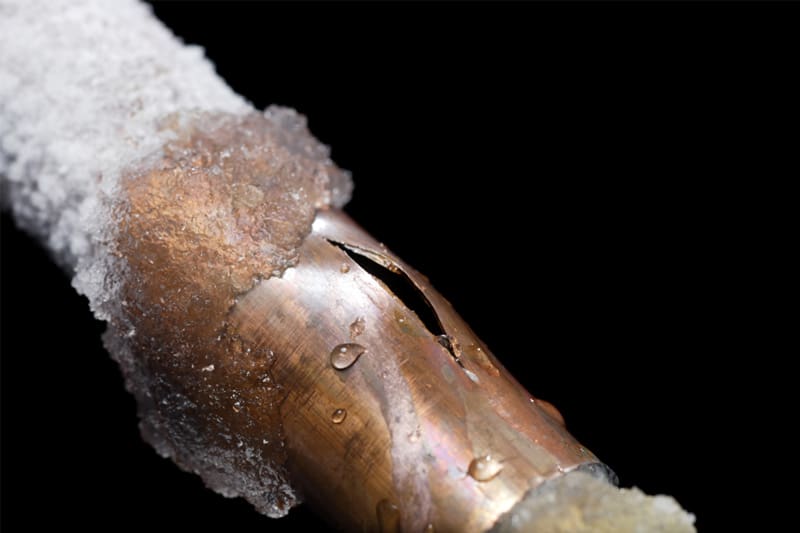Repair Pipe / Frozen Pipe
There’s a specifically high threat of icy pipes as winter draws near. So, exactly how we handle icy pipes.
Icy pipe avoidance
The first thing you shall do to prevent frozen lines is to leave the cabinet doors under the sink open bathroom ones as well. This permits dry air to distribute within your house much better.
Shield your pipes with foam insulators. Foam insulation can be purchased from neighborhood equipment store for a fairly inexpensive cost. These foam products can be fitted around exposed pipes to maintain their temperature. It’s like a blanket for your plumbing.
Keep your house warm. Whether you go on vacation or simply trying to save money, maintain your homes temperature above 50 °F. It may feel like a waste to keep your home warm while you’re away, yet it’s an also a much bigger waste needing to clean up water from burst pipes.
Helpful tips:
Dealing with frozen pipes can be a common issue, especially during colder months. Correctly defrosting out icy pipes prevents them from bursting.
Here are some DIY tips to help you thaw frozen pipes and prevent them from freezing in the future:
Identify the Frozen Pipe:
Locate the section of the pipe that is frozen. Pipes are most likely to freeze in areas exposed to extreme cold, such as exterior walls, crawl spaces, and attics.
Open Faucets:
Turn on the affected faucet to relieve pressure in the system. This can also help you identify when the pipe has thawed.
Apply Heat:
Use a hairdryer, heat lamp, or portable heater to apply gentle heat to the frozen section of the pipe. Start from the faucet end and work your way towards the blockage.
Use Hot Towels or Rags:
Soak towels or rags in hot water and wrap them around the frozen pipe. This can provide localized heat to aid in thawing.
Heat Tape or Electric Heating Cable:
Apply heat tape or an electric heating cable designed for pipes. Follow the manufacturer’s instructions to ensure safe use.
Warm the Surrounding Area:
Increase the overall temperature in the affected area by using a space heater. Be cautious about safety and follow all manufacturer recommendations.
Insulate Pipes:
To prevent future freezing, insulate pipes in vulnerable areas. This is especially important for pipes in unheated spaces like attics and crawl spaces.
Seal Air Leaks:
Identify and seal any gaps or cracks in walls, floors, or ceilings that allow cold air to reach pipes.
Let Faucets Drip:
Allowing faucets to drip slowly can prevent pipes from freezing. Moving water is less likely to freeze.
Keep Cabinets Open:
Open cabinet doors under sinks to allow warm air to reach the pipes.
Add Extra Insulation:
Consider adding extra insulation to walls and ceilings to protect pipes from extreme cold.
Remember, it’s crucial to exercise caution when using heat sources. If a pipe has burst, turn off the water supply immediately and contact a plumber for assistance.
If your frozen pipes have burst, it’s time to call a plumber. No amount of thawing will help a burst. The pipeline will require repairment or replaced entirely.
Begin by turning off your water main to stop flooding. The last issue you need is hundreds of dollars in flooding damages. Once your water is off, give us a call at Discount Plumbers.
We have 24-hour emergency plumbers in the Minneapolis/St. Paul and surrounding metro-areas readily available for any crisis your pipes can throw at you. We’ll be quick to react so that your emergency situation is handled as soon as possible.
- Rapid Response! Usually within 2 Hours.
- Most Referred Plumbing Company
- No Job too Big or Small





Stop getting ripped off! Check out our “Us Vs Them” page. See how we’re 1/2 their price.
Clogged drain? We offer… $94 Any Drain, drain cleaning and the most rapid response time. The same prices seven days a week. Our prices and service can’t be beat!


